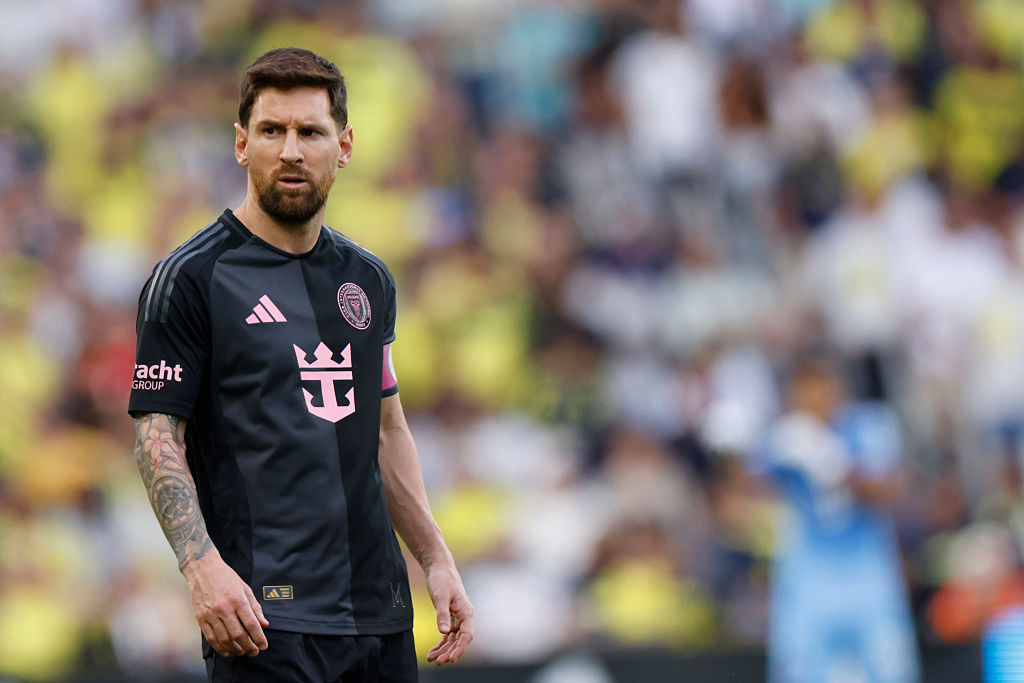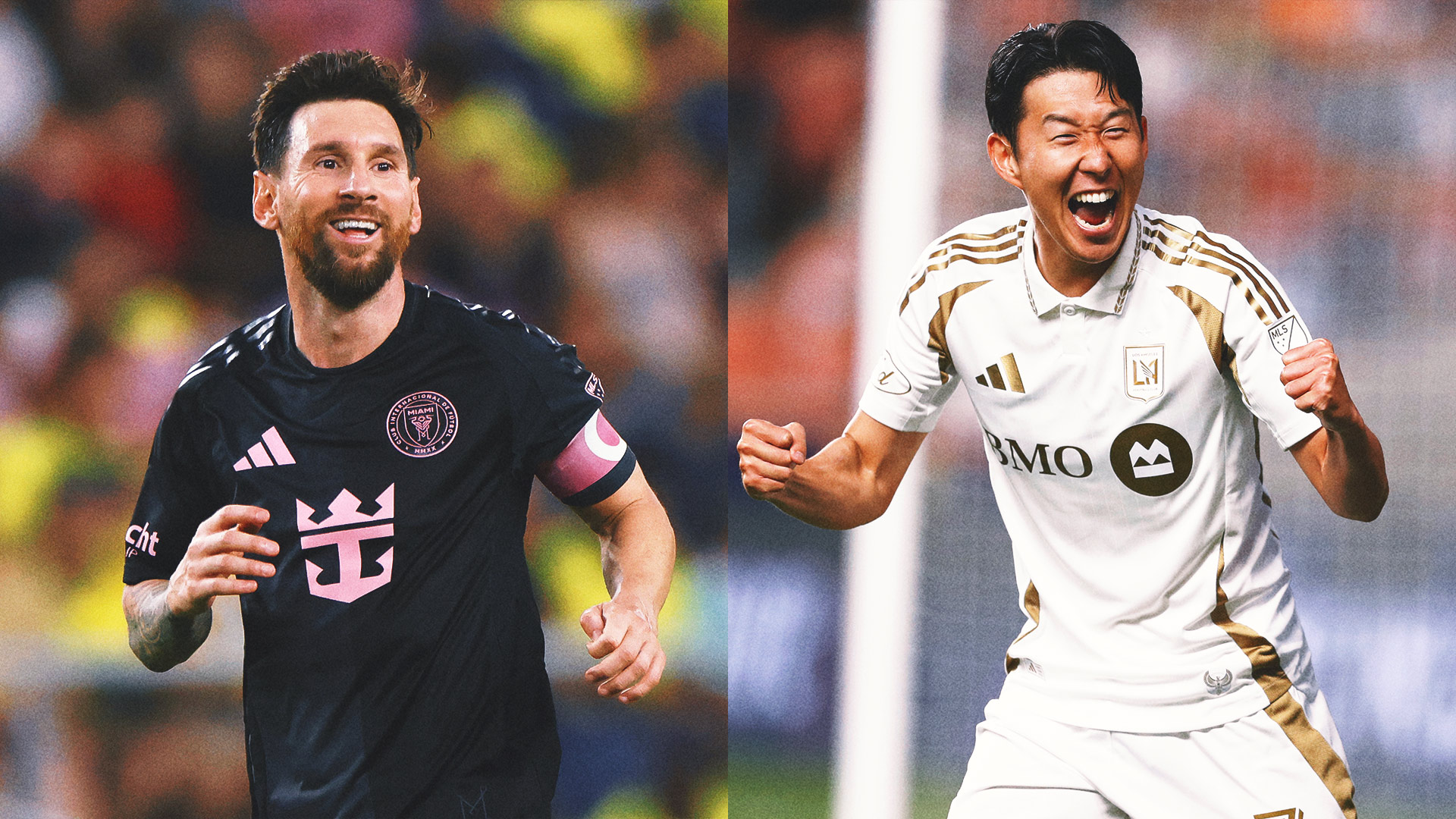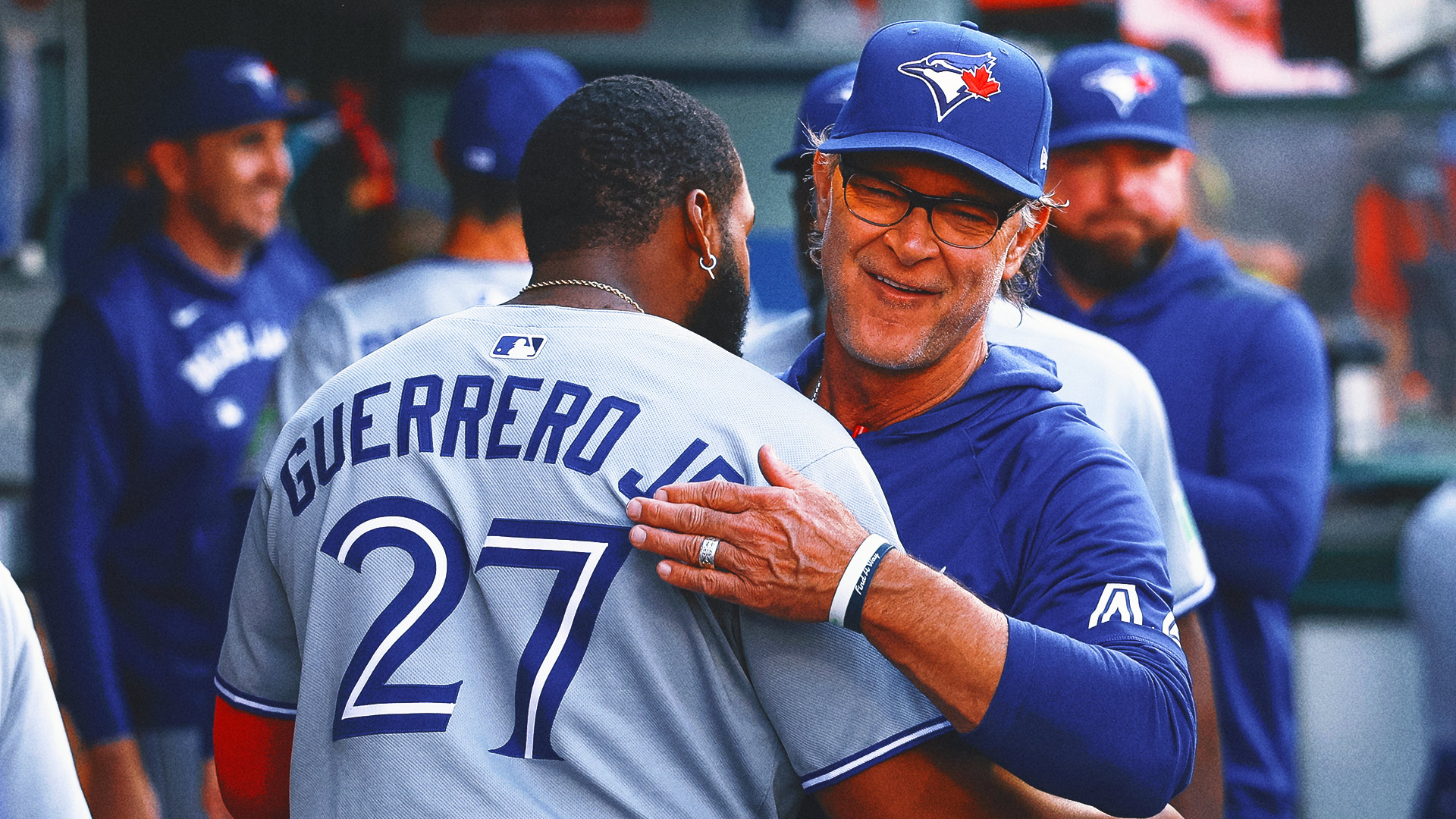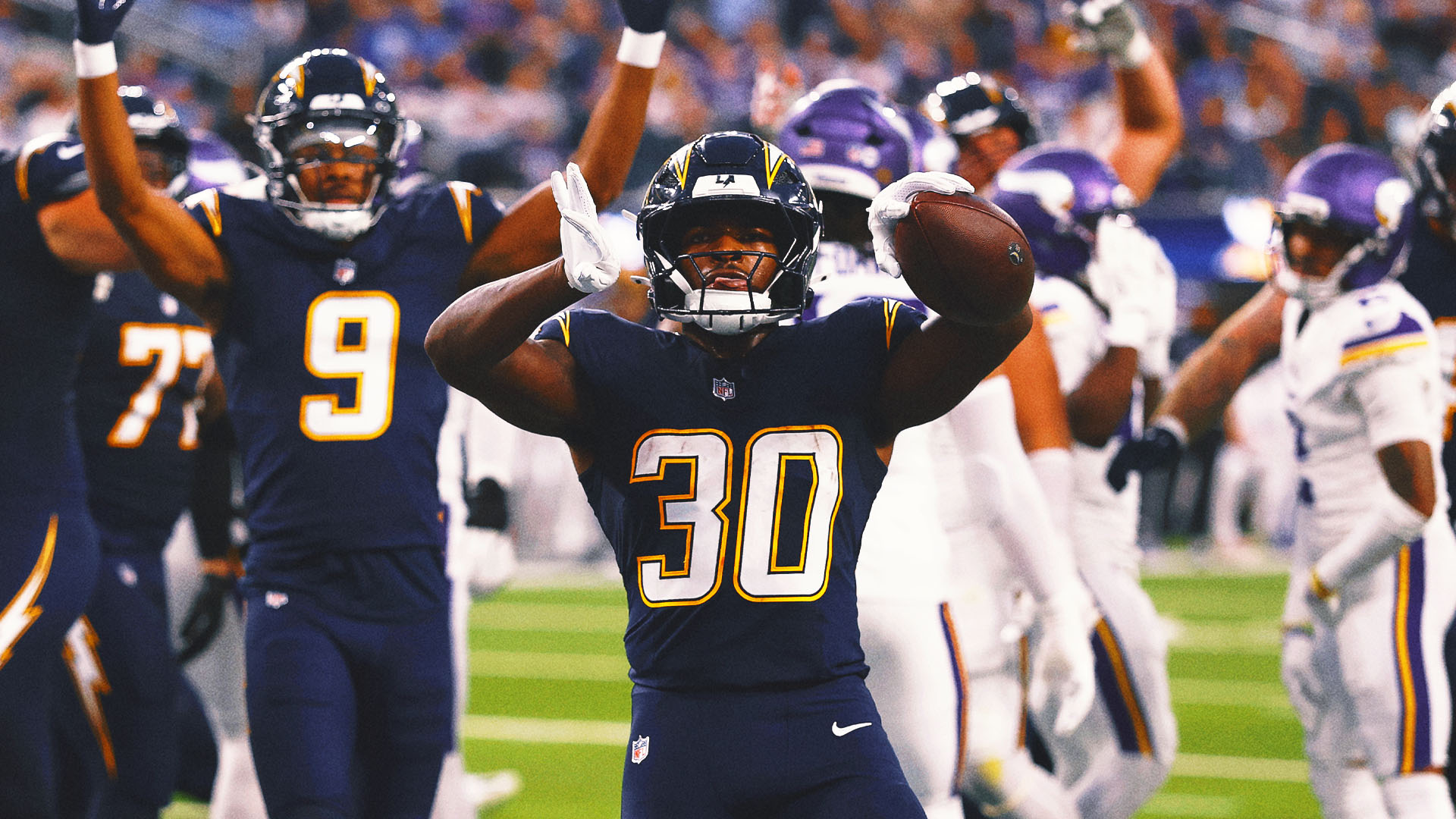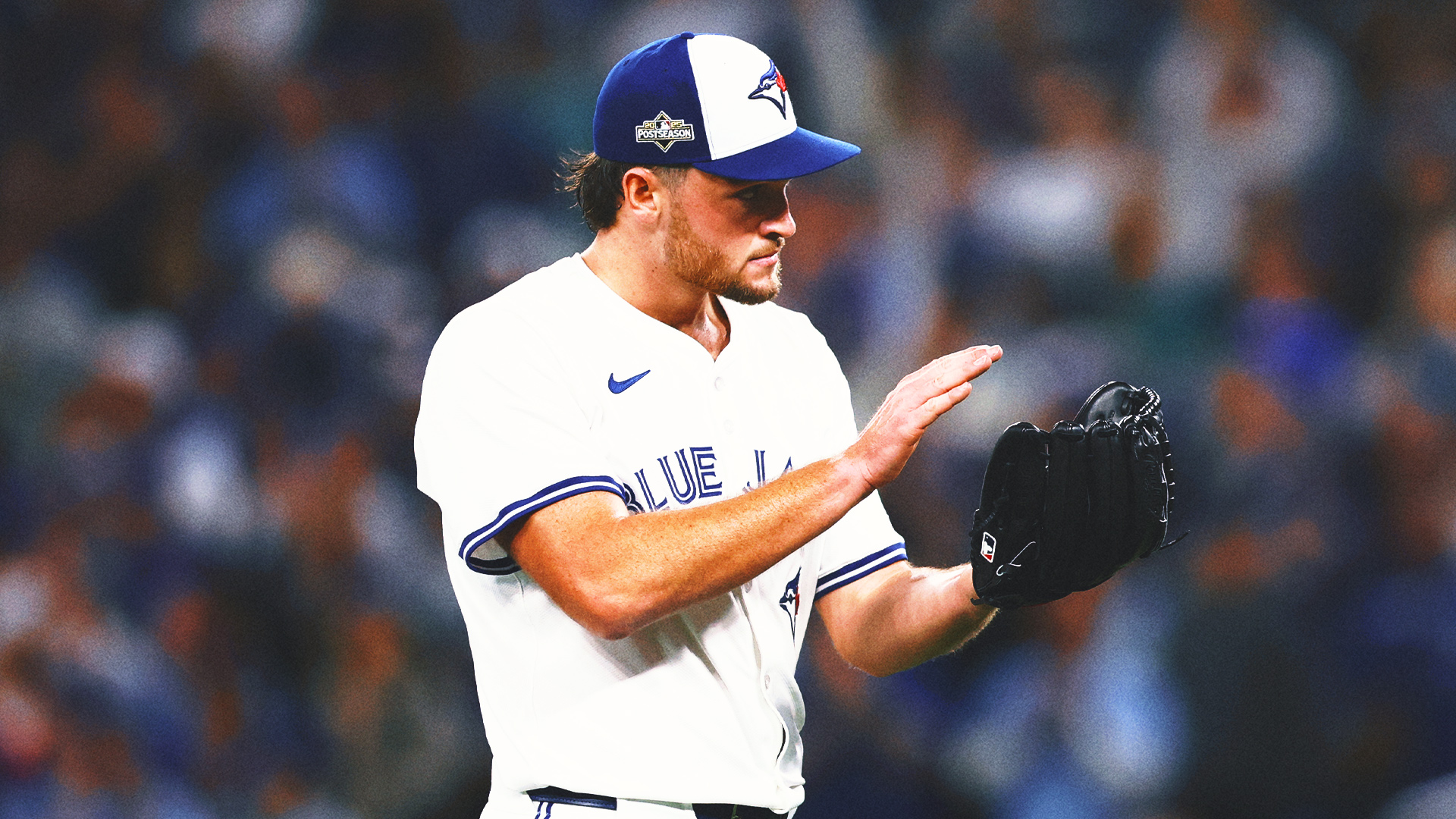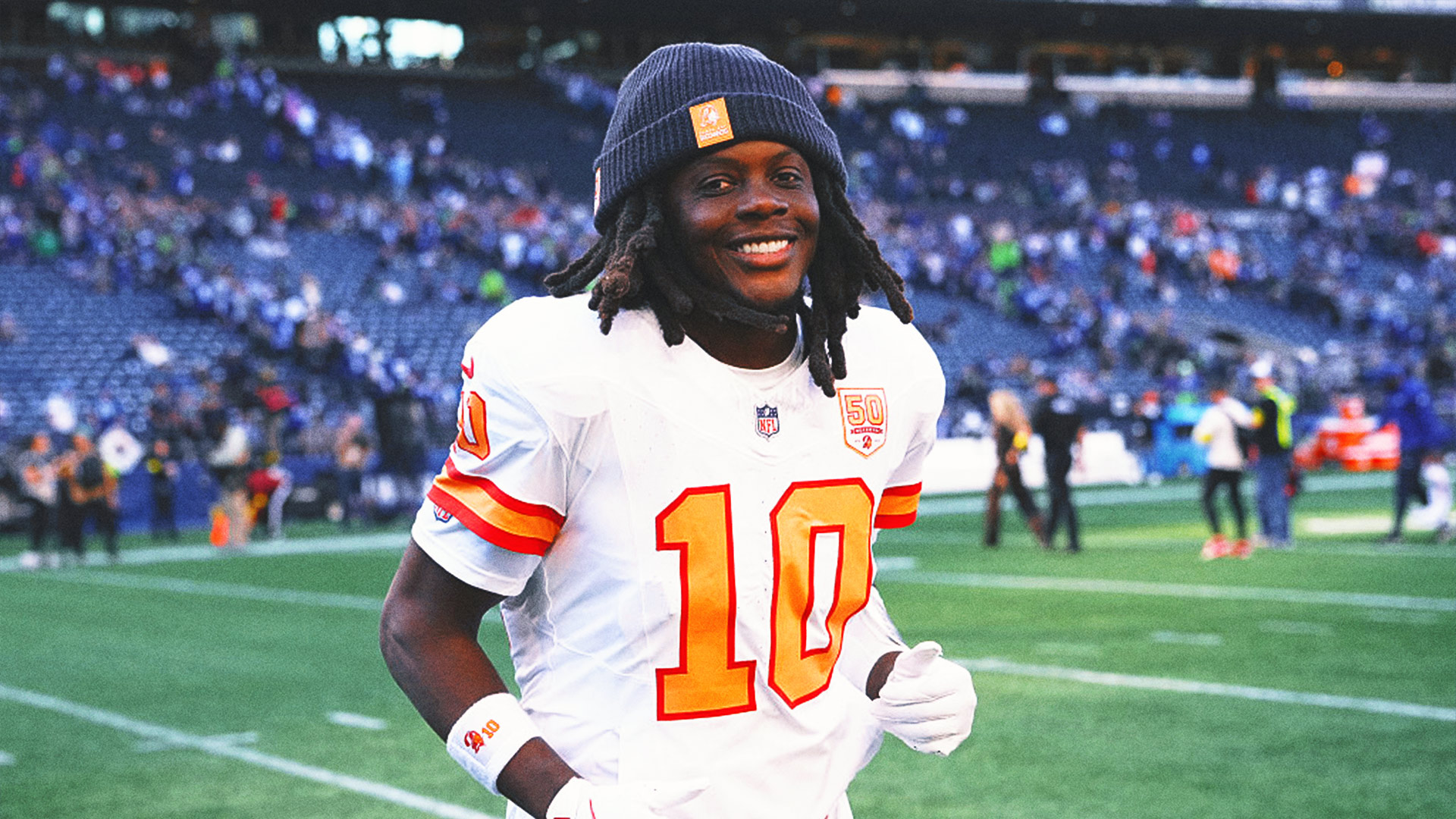Every NBA offseason in recent memory welcomes the same story: the largest NBA contract in history is signed by a rotating cast of star players.
This year it was 2025 MVP Shai Gilgeous-Alexander, who signed a four-year, $285 million extension with the Thunder to become the first player in NBA history with a contract average annual value (AAV) north of $70 million.
But superstars aren’t the only ones with increased earning potential.
Over the last week, six role players signed rookie extensions ahead of the Oct. 20 deadline. The list features five-year deals for Keegan Murray and Christian Braun, and four-year deals for Dyson Daniels, Shaedon Sharpe, Toumani Camara, and AJ Green.
All but one (Green) received a deal north of $20 million per year.
A few other role players also signed similar rookie extensions earlier this offseason, including Jabari Smith Jr. (five years, $24.4 million AAV) and Nikola Jović (four years, $62.4 million AAV).
These players are far from stars—none have averaged over 20 points per game in any season of their careers—but their deals are similar to those of the league’s best from a decade ago.
In 2015, Carmelo Anthony had the largest contract and AAV in the NBA: a five-year, $124.06 million deal with an AAV of $24.8 million. Without accounting for inflation, Anthony’s total contract is less than Kings wing Keegan Murray, and has an AAV below Nuggets guard Christian Braun and Hawks guard Dyson Daniels.
Media Deal Bumps
The increased contracts are a byproduct of the league’s last two media deals.
- 2016: 9-year, $24 billion ($2.67 billion per year)
- 2025: 11-year, $77 billion ($7 billion per year)
And media deals are only a part of the league’s basketball-related income (BRI). Last year’s BRI was $10.247B, according to Bleacher Report national NBA writer Eric Pincus, meaning the media-deal accounted for about a quarter of the income.
A bigger media deal increases the league’s BRI, 51% of which goes to the players, which also results in an increase in the NBA salary cap—therefore increasing player salaries across the board.
When the previous media deal took effect in 2016, the league saw a one-year salary cap increase of over 30%. The league introduced cap smoothing in 2020, which limited salary cap increases to a maximum of 10% per year. However, the NBA has instituted the maximum 10% increase in three of the last four seasons.
This year, the salary cap is $154.65 million per team, with the minimum team salary at $139.2 million. A $20 million salary is only about 12% of the salary cap, which makes sense for a starting-caliber role player—especially because most teams end up breaching the soft salary cap and pay salaries worth about 30% to 35% of the cap to stars on maximum contracts.
With the 11-year, $77 billion TV deal kicking in this season, the salary cap is expected to steadily increase over the life of the contract.
Testing The Market
Despite the slew of new contracts, several 2022 NBA draft picks did not receive rookie extensions before the deadline and will play out the fourth year of their rookie deals.
The list includes:
- Jalen Duren, C, Pistons ($6.5 million)
- Jaden Ivey, G, Pistons ($10.1 million)
- Bennedict Mathurin, G, Pacers ($9.2 million)
- Walker Kessler, C, Jazz ($4.9 million)
- Jeremy Sochan, F, Spurs ($7.1 million)
- Peyton Watson, F, Nuggets ($4.4 million)
These players will enter restricted free agency this summer, so this season will be an opportunity to earn larger contracts with their play. However, restricted free agency can also lead to frustrating stalemates as seen by the Warriors and Jonathan Kuminga this offseason.
Restricted free agents could also end up with long-term deals in the summer of 2026, like the four-year, $100 million contract Josh Giddey and the Bulls agreed to last month, or sign one-year qualifying offers worth less than $10 million that will make them unrestricted free agents in 2027.
The post $20 Million Per Year Becoming New Baseline for NBA Role Players appeared first on Front Office Sports.

 2 days ago
8
2 days ago
8



